One of the biggest factors credit models look at when calculating a credit score, is credit utilization. Credit utilization is how much of your credit line you utilize.
Let’s imagine your dad gives you $100 per month for allowance. If he comes back 10 months later and finds that you only spent a small percent of the money that he gave you and most of the money you put away for savings, you’re showing good responsibility. But if he finds that every penny he gives you gets spent immediately, then that’s a sign of irresponsibility or bad money habits.
That is exactly how scoring models look at you. They want to see you utilizing a very small percent of the money available to you on your credit cards. The less money you spend on your credit cards, compared to the money available to you (your credit limit), then you’re showing responsibility and healthy money habits and you will be rewarded with a higher credit score. The opposite is self-understood as well. The more you utilize your credit card, the worse your credit utilization will be and the lower your credit score will be.
Here is what you need to know about credit utilization.
1. High credit utilization affects almost as much as a late payment
As per fico these are the 5 main factors that affect your credit score.
- On-time payments- 35%
- Amount owed- 30%
- Credit history – 15%
- Credit mix- 10%
- New credit – 10%
Credit utilization is part of the “amount owed” factor that accounts for 30% of the FICO score. That’s almost as much as late payments. I have often seen a maxed-out credit card causing someone’s credit score to drop by 100 points or more!
2. Credit utilization works by percentage, not the dollar amount
The factor that matters most for credit utilization is how much percent of your credit limit is spent. The dollar amount is almost irrelevant.
For example if you have a credit card with a $1,000 limit then a balance of even just $700 will significantly affect your credit score. But if your friend has a credit card with a $10,000 limit then for him, spending the same $700, will not hurt his score. Why? Because when you spend $700 on your card (with a $1,000 limit) you’re utilizing 70% of the limit, which is no good. But your friend, even if he’s spending the same $700, his credit card has a $10,000 limit, so he’s only utilizing 7% of his credit limit which is a great number.
3. Credit utilization works by brackets
There is a common number known: more than 30% utilization is bad for your credit and less than 30% is good. People look at this as if 29% is perfect and once you hit 30% you fall off the cliff. But that’s not accurate. High utilization is calculated by brackets of about 10%-15%. The higher the bracket you reach, the bigger effect your utilization will have on your credit score. That being said, starting by 0%, every 10% to 15% more that you spend, will slowly start hurting your credit score more and more.
The best bracket for your balance to be in is under 9% of your credit limit (9.1% is already considered being above 10% as fico does not count micro percentages).
The exact Fico utilization brackets are confidential (no one knows the real numbers). Here is what we believe (based on experience) are the brackets
| Percent of credit limit | |
| Bracket #1 | 0% – 9% |
| Bracket #2 | 9.1% – 29% |
| Bracket #3 | 29.1% – 49% |
| Bracket #4 | 49%.1% – 79% |
| Bracket #5 | 79.1% – 100% |
| Bracket #6 | 100% or more |
4. 0% utilization is also not good
Having all your cards at 0% utilization is also not good since it shows that you don’t have too much experience with credit. Also, it will eventually cause your accounts to be flagged as inactive and the accounts positive credit history will no longer be factored into the FICO scoring model.
Therefore, it is recommended that a few of your credit cards, but not all, should have a little usage. But in order to optimize your score, keep it below 9%. Make sure to rotate the usage between your accounts so all your accounts show usage at least once within the last six months.
5. Credit utilization only affects revolving loans, not instalment loans
The negative effect of high credit utilization is only for revolving accounts (credit cards or any loan that does not have a fixed amount that you need to pay every month).
Installment loans (mortgages, car leases, or loans that have the same fixed amount to be paid every month) are not part of the credit utilization calculation. (Doctor of Credit claims that even installment loans have a 5% effect on credit utilization.)
6. Credit utilization is calculated by each credit card separately, not overall
Credit utilization is calculated by every individual credit card, not by your overall credit limits. If you have five credit cards, and each has a $10,000 credit limit, and you spend $5,000 on one credit card, then your score will drop a lot, even though your overall utilization is below 10%. But because one credit card has a utilization of 50%, that alone will have a big effect on your credit score.
7. The number of cards with high utilization matters
Having one card that is maxed out is bad but having several cards maxed out is even worse. The more credit cards you have that have high credit utilization, the bigger effect the high utilization will have on your credit score.
If you have limited funds and you want to pay down balances in order to improve your credit score, then read this post for our strategy of how to get the most cards within the proper credit utilization bracket with the least money possible.
8. High credit utilization has only a short term effect
Even though we pointed out above that maxing out a credit card is almost as bad as a late payment, it still is somewhat different. A late payment can take your credit score years to recover from, while credit utilization only affects your score for as long as you carry the high balance. Once you pay off your balance (and the paid balance gets reported to the credit bureaus), your score will go back up.
9. Business credit cards are exempt
One of the significant advantages of using a business credit card is that most banks do not report business credit cards on your personal credit report, as long as you make on-time payments. Therefore, business cards can be maxed out without them affecting your credit score.
Here is the list of which banks do or do not report business credit card to the credit bureaus
| Reports business cards on your personal credit report? | |
| Amex | no |
| Bank Of America | no |
| no | |
| Capital One | yes, except the Spark Cash Card |
| Citi | no |
| Chase | no |
| Discover | yes |
| US Bank | no |
| TD Bank | yes |
| Wells Fargo | no |
10. Paying before the statement closing date
Credit card issuers do not report your credit card balances to the credit bureaus in real-time. They report your balances to the credit bureaus once a month and the date they report on is usually the day that your new statement generates. If you ever want to make a large purchase on a credit card or you want to meet a spending requirement for a credit card bonus, but you don’t want to be hurt by the high credit utilization, use this simple trick. Just pay off the balance before the credit card reports your balance to the credit bureaus. You can find a complete list of when each bank reports balances here.
11. Credit utilization on charge cards
With the newer Fico scoring models, charge cards or cards that don’t have a credit limit will not affect your credit utilization. But, they will affect your credit utilization with the older Fico scoring models (still used for mortgages).
With the older Fico scoring models your credit limit on a charge card will be the highest balance you had on the card within the last 24 months.

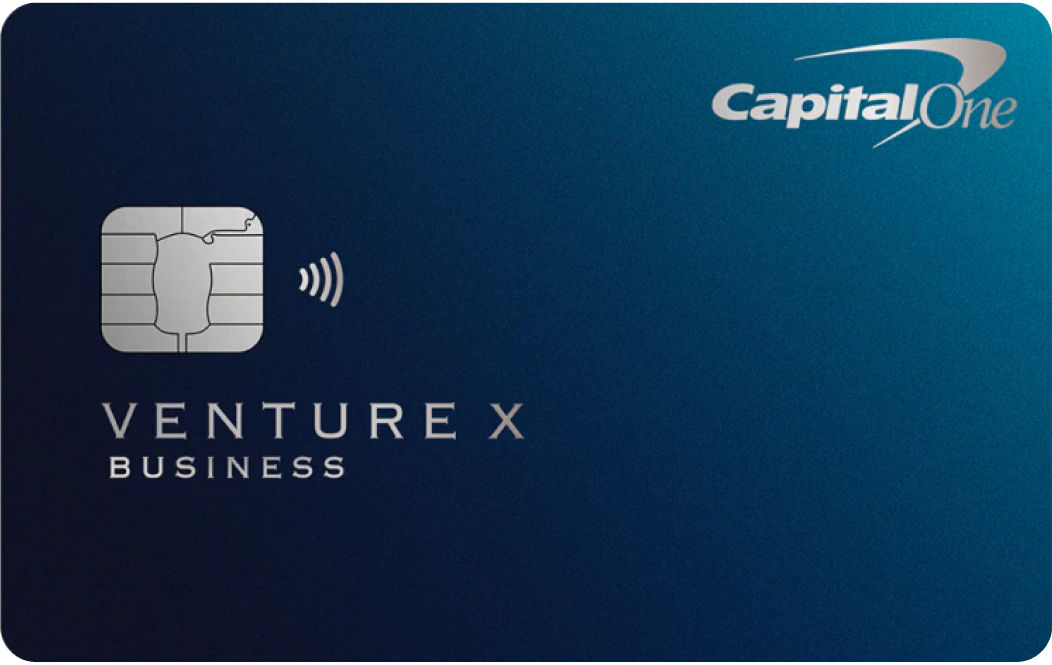
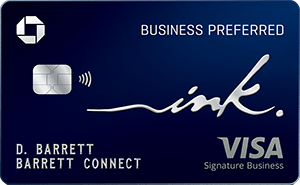
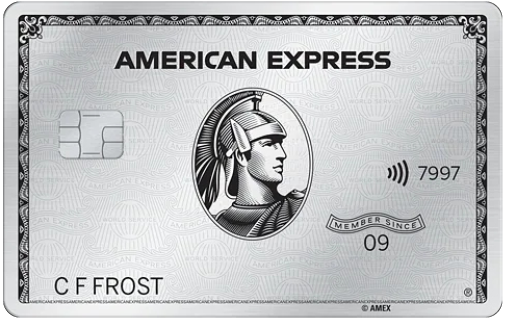
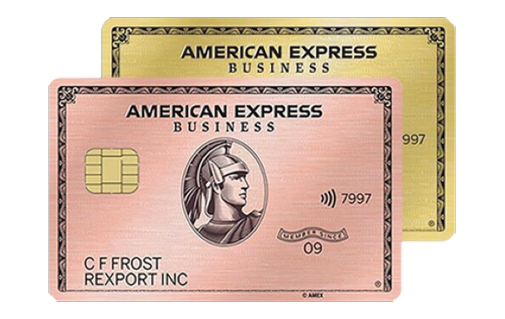


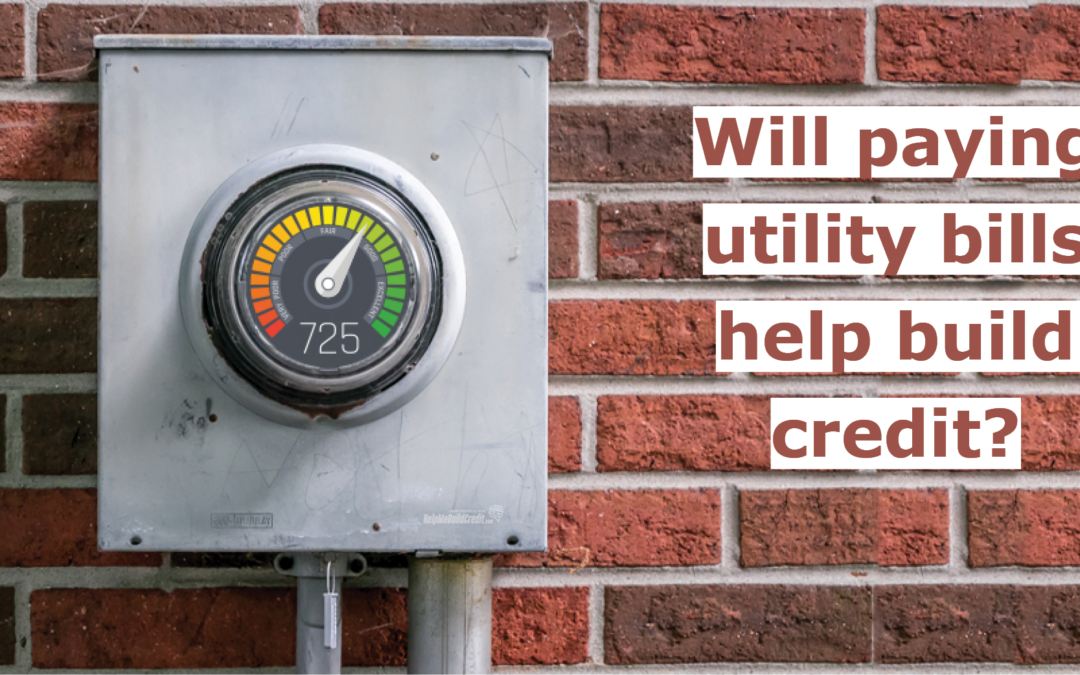
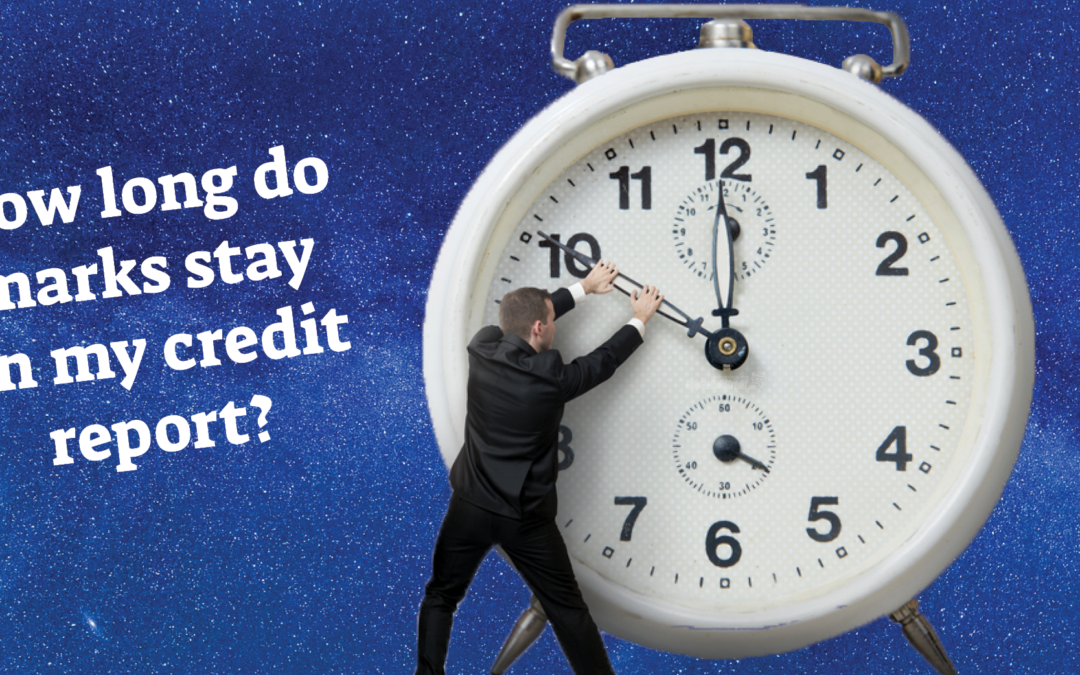
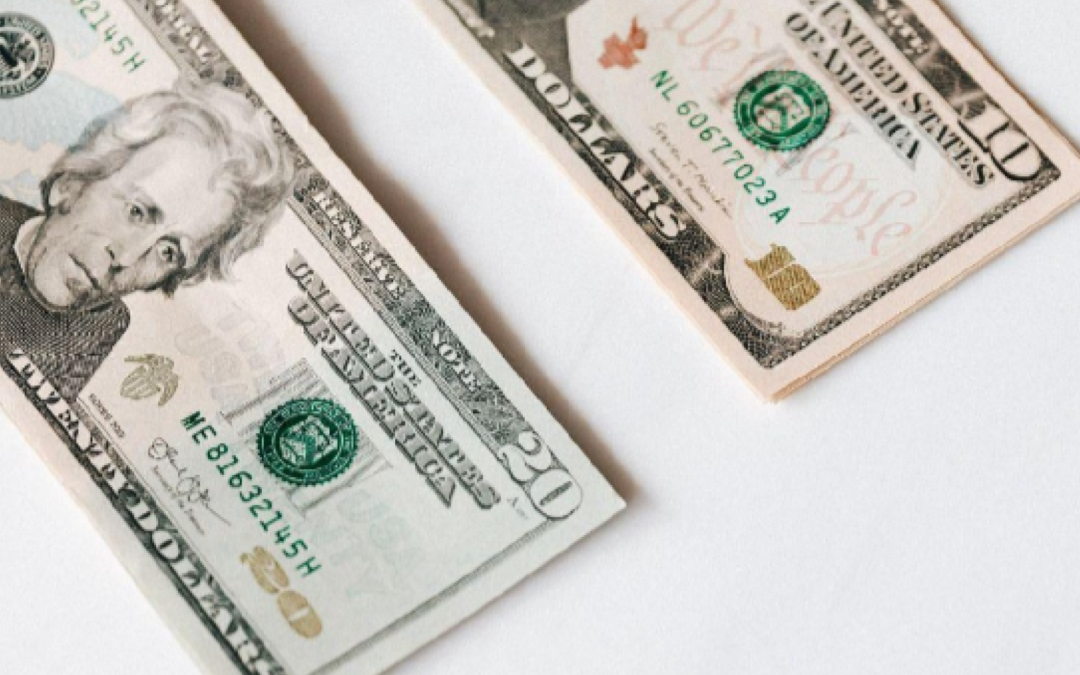

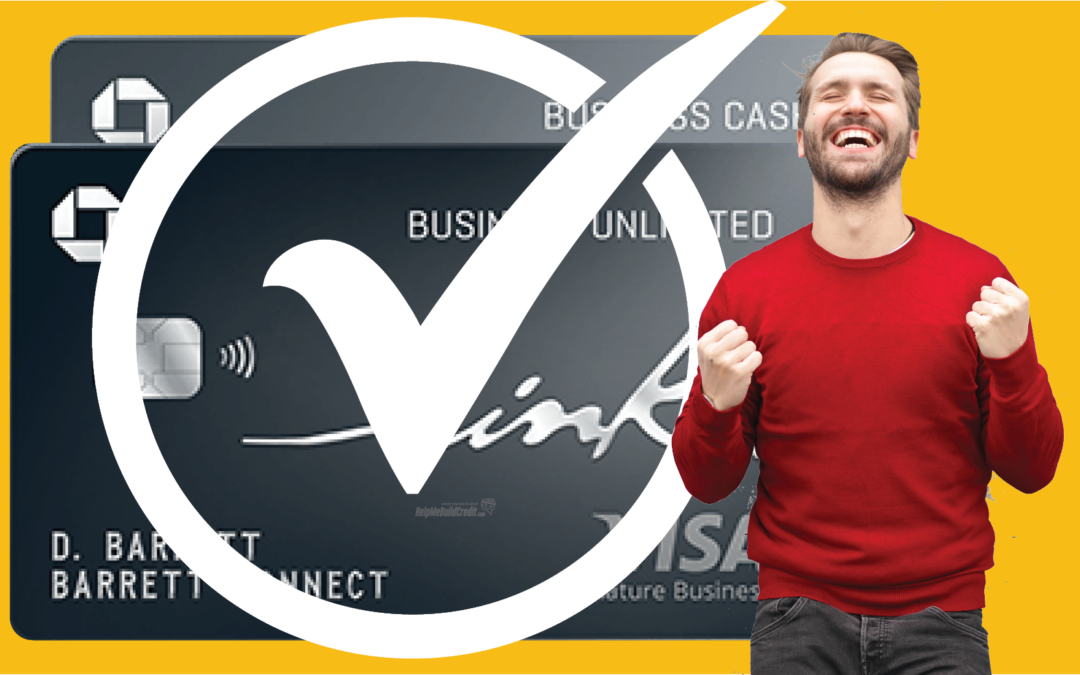
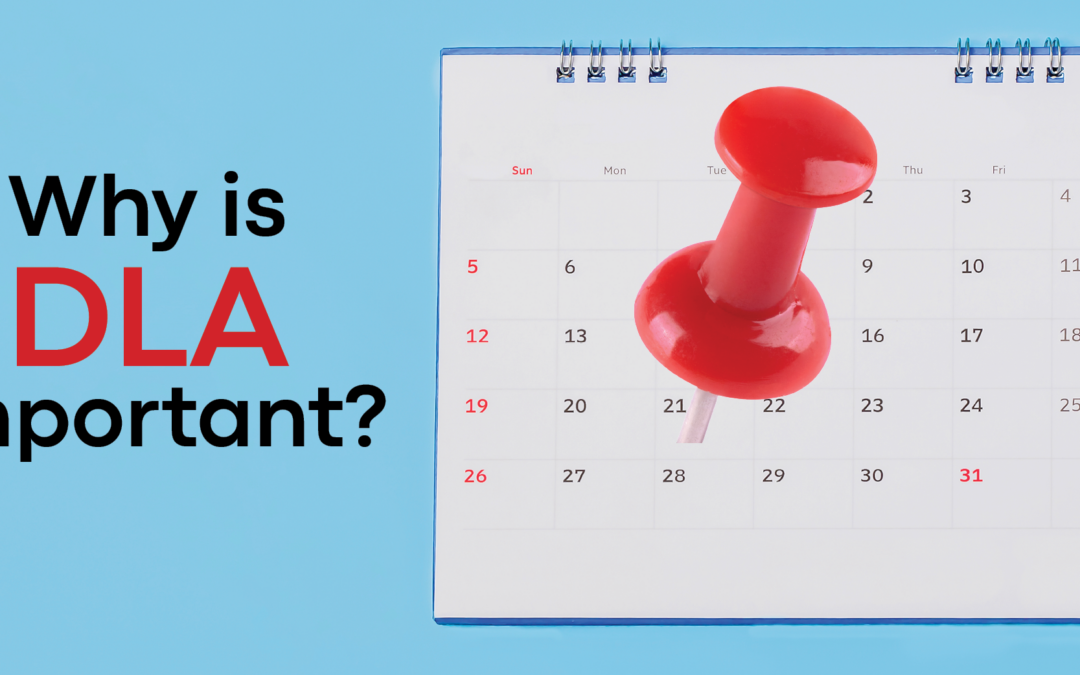
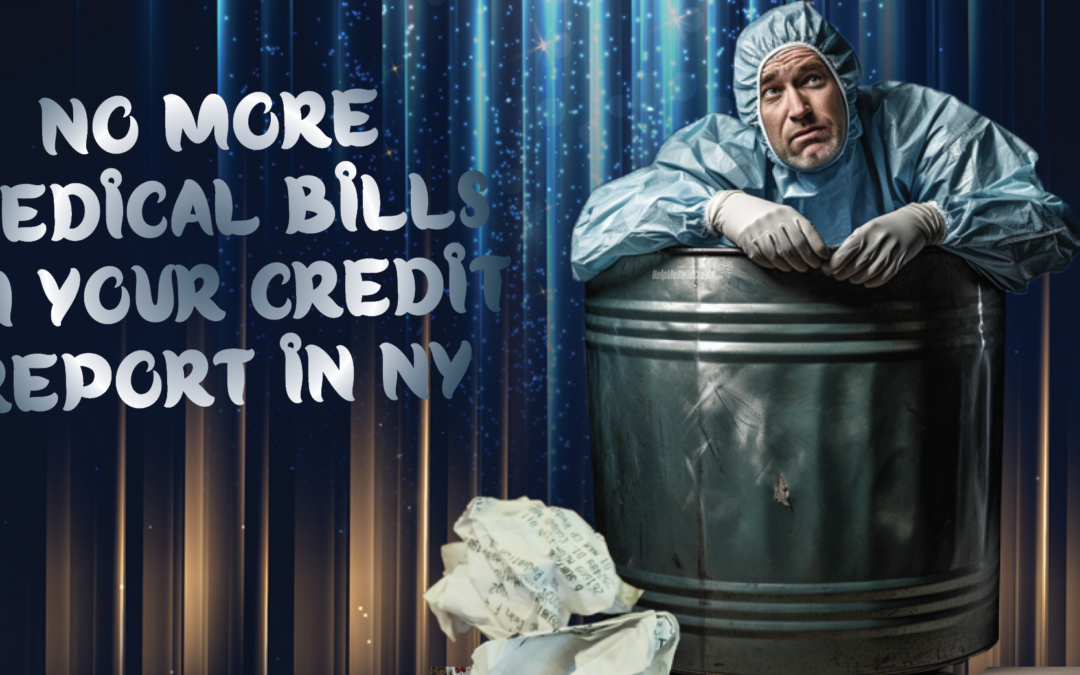
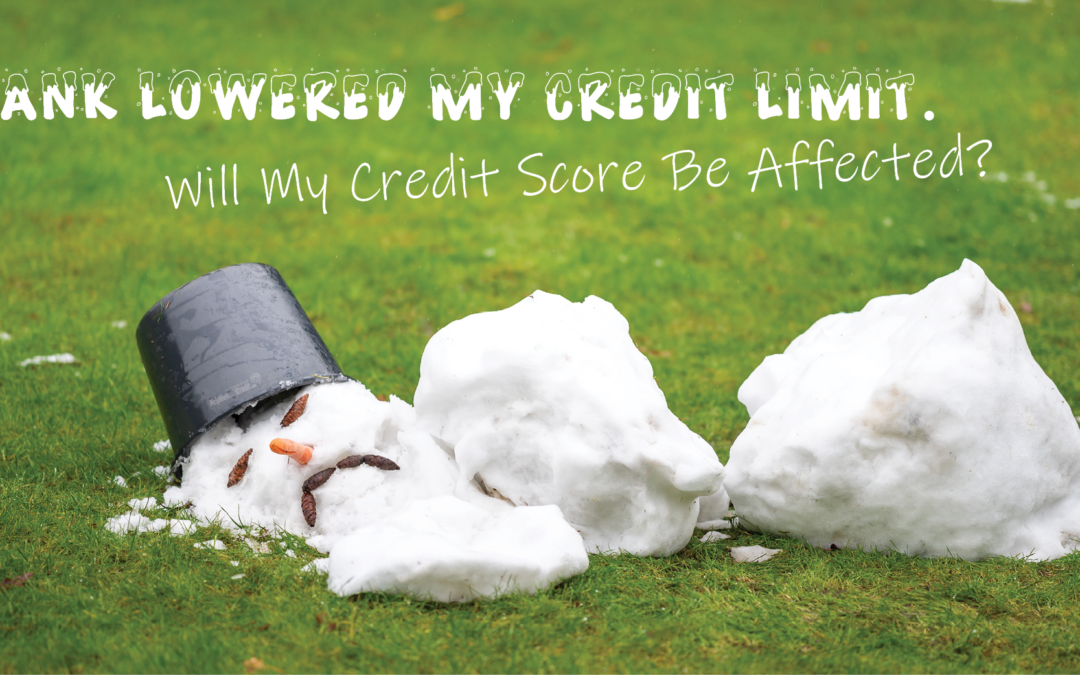


Does the credit limit from an authorized user account add up to my total credit limit?
no.